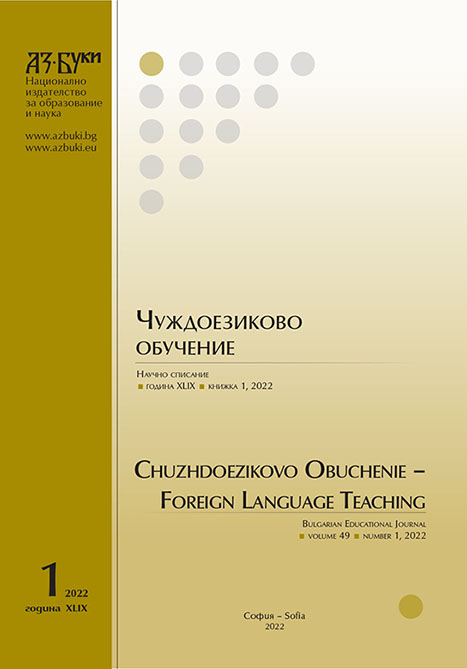Language Transfer and Problems of Teaching Bulgarian for Slav Students
Language Transfer and Problems of Teaching Bulgarian for Slav Students
Author(s): Nadezhda Stalyanova, Elena KrejčováSubject(s): Social Sciences, Language and Literature Studies, Education, Foreign languages learning, Applied Linguistics, Language acquisition, Cognitive linguistics, School education, Vocational Education, Adult Education, State/Government and Education, Inclusive Education / Inclusion, Distance learning / e-learning
Published by: Национално издателство за образование и наука „Аз-буки“
Keywords: second language acquisition; Bulgarian as a second language; language transfer; empruntology
Summary/Abstract: The text presents the problems of studying Bulgarian as a second language by Slavs with an emphasis on the specifics of foreign language teaching in a Slavic environment. The study presents a theoretical view of the language contacts, transfer and interference in the context of second language acquisition. We pay special attention to the issues of mutual linguistic influences and the genetic closeness between languages through the prism of their acquisition. The influence of the first language on the acquisition and later on the use of the second language can be positive, negative and even zero influence. The positive influence is manifested in the fact that the practical and theoretical knowledge of the first language, language habits and skills support the process of learning a new language and its use as a tool for communication. The positive transfer can be specified according to various criteria: e.g. can be divided into conscious and spontaneous, direct and transformed, etc. Negative influence is manifested at all language levels through the so-called negative transfer or interference – these are the errors that occur due to the influence of the first language on the second and which bear the signs of the first language. We also present opposite views that the linguistic transfer on the one hand can greatly facilitate the acquisition of a second Slavic language, but also the view that closeness between languages can lead to excessive linguistic interference.
Journal: Чуждоезиково обучение
- Issue Year: 49/2022
- Issue No: 1
- Page Range: 9-16
- Page Count: 8
- Language: English
- Content File-PDF

